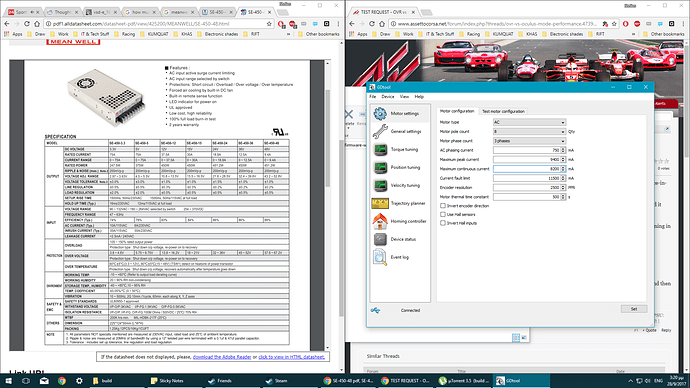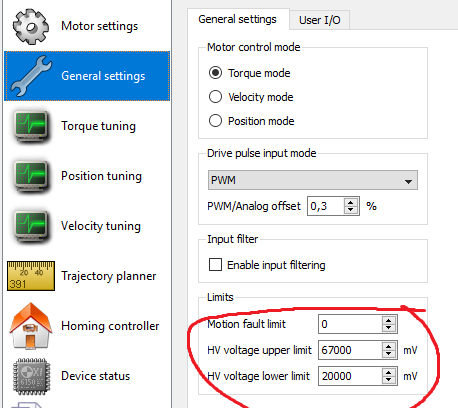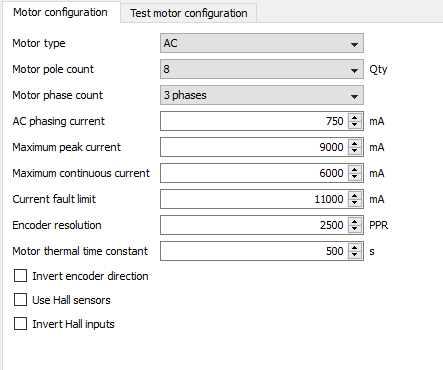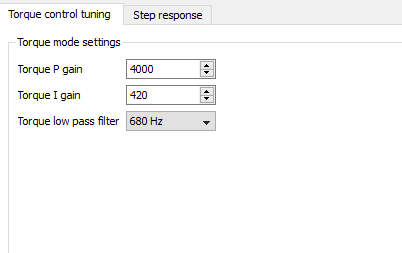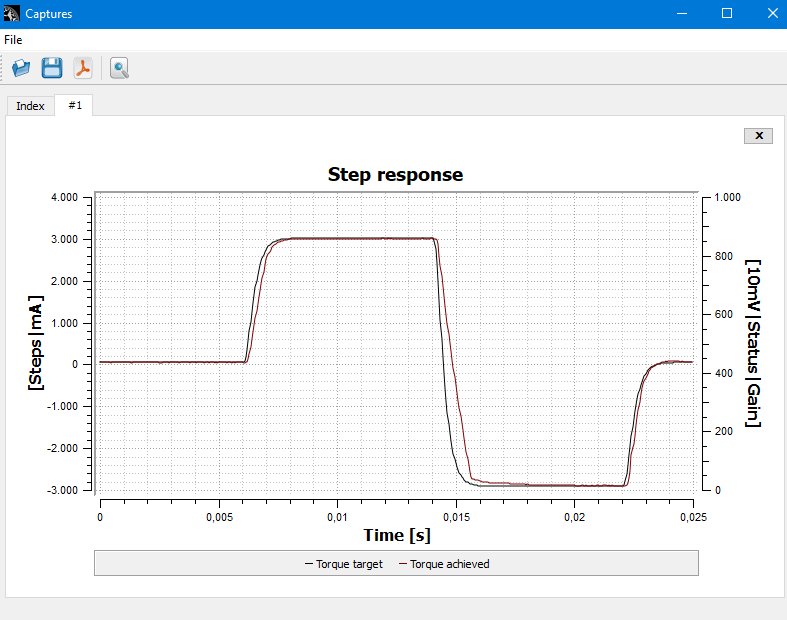Hey guys, i am running the really old VSD-E and small Mige motor for 3 years now, it has to be the first ever iteration of OSW wheel, with the disco board, VSD-E and seperate power supply.
It has served me great for a long time. (and still does)
I am mostly racing in Assetto Crosa but also do iRacing and RF2.
There is some issue that appears randomly that i have been trying to get to the bottom of, maybe you can help me.
When i am running low filter setting in MMoS, say 2 or lower, the FFB of the wheel sometimes randomly stops responding while driving.
I have to pull the plug on the control box and then its working again.
By the way, my TBW setting is set at 680.
To replicate this, i need to be running some damper (in MMoS or a minimum value in gyro, lets say 0.15), filter lower than 2 in MMoS and it happens when i do this: Lesmo2 at Monza, going sideways and i have to counter steer while on the curbs (very quick change of direction on the wheel (opposite force to the car’s self centering forces) then my wheel dies. It turns left and right but the ffb is dead.
I can fix this by running filter at or or higher but i am losing some details.
This can also happen in other tracks with similar scenario, counter-steering while on the rumble strips, its just that monza can make it appear very quickly.
When checking my VSDE after this happens, i get some LED blinking that when checking the troubleshooting of the granite pdf it says : “HV bus over voltage or under voltage fault” (blue and red led blinking).
I tried lowering the amperage from 11 to 8 in the VSDE configuration just to be safe and make sure it wasn’t my power supply’s fault (not being able to put out the required juice), but i am still getting it.
Any ideas what might cause it? I thought the power supply wasn’t enough but even running it at really safe values i still get the same issue.
My power supply is the Meanwell SE-450-48
Here are my settings:
Any help / ideas would be greatly appreciated!
